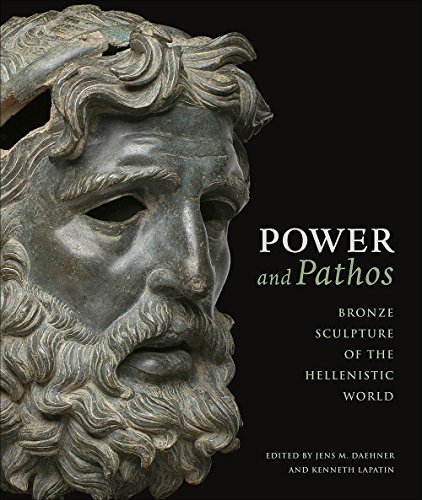Inspired weekend trips are a joy. Upon selecting a destination of intrigue, one carefully designs a schedule based upon unique attractions or vice versa. We have ventured to Washington, D.C. for the critically acclaimed exhibition, Power and Pathos, at the National Gallery of Art.
Power and Pathos is a rare showcase of bronze sculpture of the Hellenistic Age. This period of Alexander the Great was also a time of innovation in the world of art. Idealized classical sculpture now became portraiture depicting pathos (or emotion). New casting techniques for bronzes (utilizing highly malleable clay and wax) allowed for expressive realism.
Humans are now depicted, not only gods. Drama and movement are captured in detailed facial expressions, wavy or windblown hair, rippling muscles and distinctive physiques. Features are accentuated by copper inlay for lips and nipples; marble and bone are expertly crafted as inserts for eyes.
Bronze statue in House of the Faun, Pompeii, Italy
Unfortunately, the majority of these great works have been lost: destroyed in war, melted down for raw materials, to create weapons and, in some cases, new art. For example, from Lysippos, considered the father of bronze sculpture, and the preferred artist of Alexander the Great (documented in historical accounts), there are no surviving works.
The recovery stories behind the art are nearly as fascinating as the pieces themselves. Many were uncovered in excavations or shipwrecks. A figure of Hercules featured in the exhibition was found while uncovering the former gardens of a villa outside Pompeii in 1902. In 1930 fisherman nets captured a head of Apollo lying on the floor of the gulf of Salerno.
This very special exhibition remains on display at the National Gallery of Art through March 20, 2016.
Contact Culture Traveler to design your inspired weekend sojourn.
RESOURCES:











